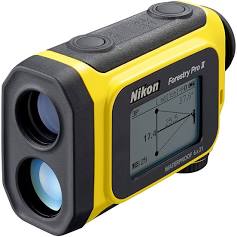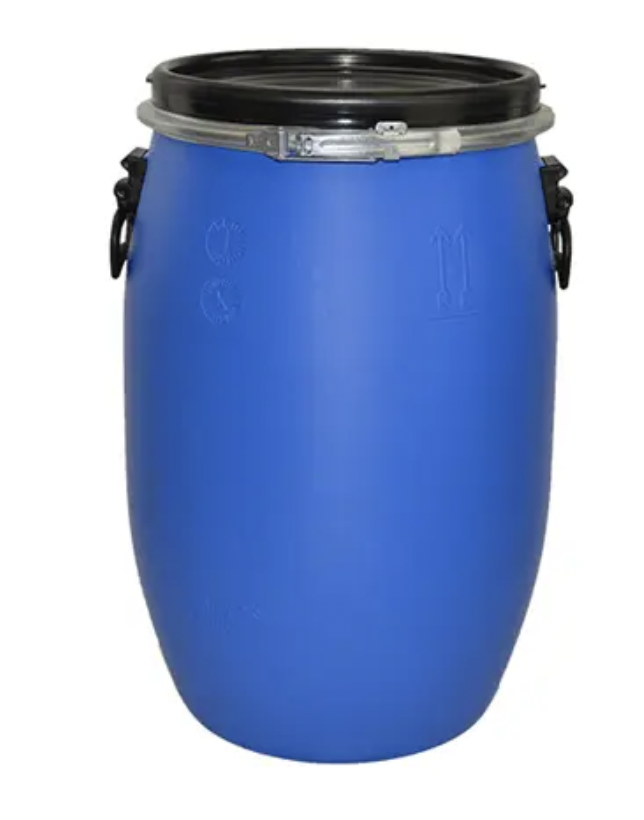Polar Sailing Equipment: Outfitting for Arctic Yachting Adventure - 1
- Chris Leigh-Jones
- Mar 4, 2023
- 5 min read
Updated: Apr 20, 2023
A recent Blog introduced Magnus Day of Eyos - High Latitudes, seasoned in high-latitude sailing adventures and a 20 year experience in ice navigation.
Our small team needs advice and knowledge we have no time to absorb by experience, enter Mangus. There follows a series of blogs reflecting his input as we begin to work our way through Vanguard's outfit and inventory, ensuring all are fit for purpose.
Words are extracted from our email interaction with some editing. This conversation focussed on Rudders, Tenders, Grab Bags, and Communications. Italicized text is Magnus.
Hi Chris, Before we get into this, I will use my experience working in potentially dangerous areas to help cover bases that may have been overlooked in the standard design/equipment cycles. There is no need to answer the questions I raise, but I think they are things to consider.
Manoeuvering
Does the Vanguard's rudder system include a maneuvering setting? This is where both rudders are turned in to make the most of the twin engines. It does not allow tie bars between the rudder heads and needs independent pumps/rams.
The rudder system
The rudder system is Wills Ridley – fishing boat/Royal Navy stuff. We have twin independent control of each rudder or can also hydraulically lock them together. One rudder is controlled; one is a slave when connected to Wills Ridley's rudder control. Both are independent when connected through Praxis. We can set tow-in/tow-out on the fly. We fitted commercial DP(0) Dynamic Positioning from Praxis. The DP system controls both drives, the Sleipner bow thruster, and both rudders, all independently. Propellers are Bruntons, self-pitching/tailing like a sail drive. They are 750mm O/D, so they should bite at a slow speed, and as we are on electric, we have no minimum idle speed which you would have with a diesel. An emergency hydraulic hand steering is a last resort on either rudder. We can also work on just one rudder with the other locked/ Rudders have Jeffa self-aligning bearings in case of impact, rudder stocks are 100% oversize, and we have a crush zone on the last 30% of the rudder blade, so it is sacrificial and weaker than the stocks. The drives are semi-enclosed within stern tunnels, like an older lifeboat design.
Tenders
The Tender looks excellent for most applications (see earlier Blog). I really like the jet drive, which will be good on (in) ice. South Georgia Government and others choose (twin) jet drives. Ensure the intake has bars/a screen to stop the brash and trash ingress. Consider extending the bow fender (rubber, whatever it is) vertically down to close to the waterline to avoid damage to paintwork pushing Vanguard around in choppy conditions.
Magnus - the screen is already fitted by Castoldi, and we can backflush it on the fly. Fender is D-section rubber, hollow inside to take a knock or two. We will also speak with Habekke and have it extended down the prow.
I was working up some notes on tenders to discuss in Turkey, but as you bring it up…. A second, small Tender is essential in case of failure of the first. We don't want the crew stranded ashore in cold conditions. Also crucial for fast deployment of shorelines and for dragging/carrying up the beach etc. Protect the bow with a heavy cargo net. A Bombard C3 with 10 Hp would work well; much easier to move and powerful enough for most applications. Electric may be an option. How to launch and recover? Is there a plan B if the davit fails? Is there any energy absorption to protect the davit and Tender in case it's necessary
Photo acknowledgement highlatitudes.com
You may need to launch/recover your Tender in choppy conditions. It would be worth looking at what epoxy the davit is laminated with, as some get brittle and fail in cold cond.
I'll ask about a shock link on the up haul, or we could use nylon slings that have some give in them. Davit is suitable for low(er) temps we will likely encounter but not ridiculously so, summer only! Good point.
Bombard C3 would pack down when unused, so we will go that way as space is at a premium. (we are 80 feet long but shaped like a sailboat, so not very wide) Electric sounds good, but the range is generally rubbish; well, so are oars. If electric, it would be Torquedo or the like with a built-in battery; their lower power units are equivalent to about 1.5x the gasoline power rating based on available low-end torque.
Read also: Progressing a Tender for Vanguard
Read also: A Tender for an Explorer Yacht
Grab a Bag for the Tender.
Should have onboard: Motor and Tender repair materials and tools (spare prop? No need, no prop), Anchor and line (Lead filled?), handheld depth sounder if not built in.
The Vexilar unit below is also marketed by Plastimo and is robust and reliable. Handheld VHF. Sat phone. Handheld compass, tablet/phone in a watertight case for zero viz navigation.
AIS transmitter (not an emergency one that will upset every AIS receiver for miles around) to help the mothership to talk lost Tender in. Handheld rangefinder to help with shorelines and anchor chain length etc. Paddles strapped down/clipped in. Manual bilge pump (I have a great way of doing this!). Bailer on a line. Powerful flashlight. Fog horn. Radar reflector on a pole. Nav lights.
We can to sort this when we land in the UK. It should be easy enough to coordinate. Our son, Jeff, could take this on? I did notice the handheld depth sounder. We have a fixed Furuno 9171 unit already, so it is covered. We also have a Nikon rangefinder already.
Stranding Kit for Arctic Exploration
Tender(s) should also have a stranding kit onboard for cold/remote places for use by a shore party in case weather or mechanical failure preclude a timely return to the mothership.
This is usually a 60-liter bear/walrus-proof barrel left on the beach with the first people ashore and collected when the last people return to the mothership. Also just good practice for standard Tender runs in case of breakdown etc. Contents should include: Handheld desalinator or water purification tablets, small water bladders (2x 2 liter), bothy, several small pieces of a camping mat to keep butts warm, stove and gas, pan and mugs, lighters, hot chocolate, sugar, milk powder, instant meals (ramen or back packer's freeze-dried), medical kit, small black bags for use as a camp toilet, handheld VHF, sat phone, flashlights, spare batteries, bear bangers for the Arctic, pen, and paper. Be sure to get the ones with external handles like this one. The models with molded handles are tricky to lash down. I have only had to do this once but is saved a situation becoming a disaster. Noted – it looks like Jeff just got another job to sort out!
Arctic Yacht: Communication systems
On the subject of handheld VHFs, it is usual to have one for each member of the crew. They should float and be waterproof. ICOM is well-tested in the field and durable. Keep them by the aft exit so its easy to grab on your way out.
Noted – our fixed units are already ICOM, and we can add some handhelds and engineer convenient station by the aft exist to keep them charged, Sat Phone also.
Magnus Day FRGS - Click HERE for more information.
Expedition logistics. A few interesting relavent reads:
"Yachting World" Click HERE
"Pelagic Expeditions" Click HERE
"Northern Wilds" Click HERE
Magnus is current sailing in NZ, this was his opening communication to our dialogue: "We left Stewart Island at 0700 and enjoyed real champagne sailing with blue skies, following winds and heaps of white-capped albatross wheeling. Long may it last!"

















few comments:
Tender should have an AIS yes - and also a full navigation package including a plotter and charts. Excellent backup even on deck, if all fails on main pilothouse.
For the handheld radio, in addition to marine VHF, I would include one with aviation band tx capability.
Even a jet tender could benefit of carrying a spare prop/impeller what-you-call-it, provided it also carries the tools for changing it.
Something like Garmin inreach is a must to have.
Andy